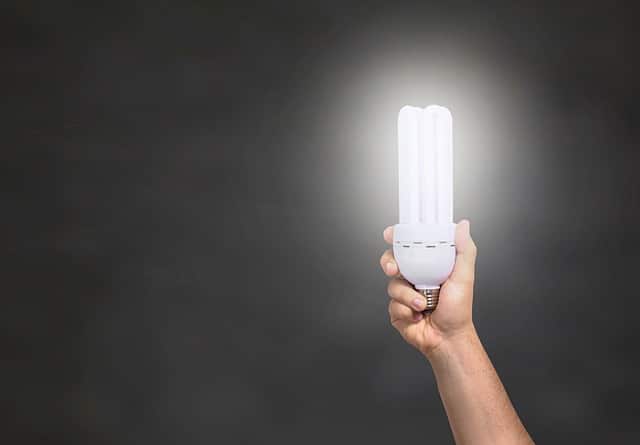When you first consider the concept, deliberately making your hand fall asleep might seem like a strange endeavor. However, this guide is designed for the curious minds who wish to explore this unique physical sensation. The goal here is not to encourage reckless behavior but to offer an insightful, thorough understanding of what happens when your hand ‘falls asleep,’ and the quickest method to achieve this. Of course, it is paramount to proceed with caution as you explore these sensations.
Understanding Hand Numbness
Before we delve into what is the fastest way to make your hand fall asleep, it’s essential to understand why and how this sensation occurs. Hand numbness, often referred to as your hand “falling asleep,” is technically known as peripheral neuropathy. It results from pressure on the nerves or compromised blood flow to the nerves, which blocks their normal function. The affected area then experiences sensations like tingling, numbness, or a feeling of ‘pins and needles.’
Pressure on the nerves: Your peripheral nerves, those outside your brain and spinal cord, are delicate structures. These nerves respond to pressure changes. When there’s consistent pressure on a nerve, it can interrupt its normal function, leading to temporary numbness or that ‘falling asleep’ feeling. This can occur when you lean on your hand for an extended period or sleep in an awkward position.
Compromised blood flow: Your nerves, like all parts of your body, require a steady supply of blood to function optimally. This blood brings the necessary nutrients and oxygen that your nerves need to work. When the blood supply to a nerve is compromised, it can result in temporary numbness or tingling.
Fastest Method to Make Your Hand Fall Asleep
While we stress that intentionally making your hand fall asleep is not generally advised due to the risk of nerve damage, we understand the curiosity that might lead someone to want to experience it. If you decide to proceed, please do so with caution, ensuring you do not cause harm to your body. Here is a simple step-by-step guide:
- Find a comfortable seated position: Ensure that your feet are flat on the ground, and your back is straight.
- Rest your elbow on a surface: The surface should be flat and stable. Your arm should be bent at a 90-degree angle.
- Place your hand under your leg: Rest your hand palm-up under your thigh. This position will apply gentle pressure to your hand.
- Sit on your hand: Apply more pressure by sitting on your hand. Remember, the aim is not to cause pain, just pressure.
- Wait: Stay in this position for a few minutes. You should start to feel a tingling sensation as your hand falls asleep.
Please be cautious throughout this process. If you start to feel any pain, stop immediately. Persistent pain can be a sign of nerve damage.

Effects and Duration of Hand Numbness
Upon successfully making your hand fall asleep, you will primarily experience numbness and a tingling sensation. Some people liken this to the feeling of ‘pins and needles.’ You might also notice that your hand feels heavy and hard to move, almost as though it doesn’t belong to your body. This is because the pressure has inhibited the nerves’ ability to transmit sensory and motor signals effectively.
The numbness should start to fade as soon as you remove the pressure and the blood flow returns to normal. Usually, the ‘falling asleep’ sensation lasts only a few minutes. However, if it persists for longer, it is crucial to seek medical attention, as this could be a sign of more serious nerve damage.
Medical Perspective
While temporary hand numbness is generally harmless, frequent or prolonged numbness could be indicative of underlying medical conditions. Conditions like carpal tunnel syndrome, diabetes, or a pinched nerve can cause persistent numbness in the hands. Therefore, if you experience frequent numbness, you should consult a medical professional.
It’s important to remember that while this guide offers a way to make your hand fall asleep, it’s generally not recommended to intentionally induce this sensation due to the potential for nerve damage.

Safe Practices and Precautions
If you are exploring the sensation of your hand falling asleep, remember to always prioritize safety. Be mindful of the amount of pressure you’re applying—too much can lead to nerve damage. Also, ensure that you’re in a safe environment where you won’t need to use your hand quickly, such as operating machinery or driving.
Moreover, if you have a medical condition that affects your nerves or blood flow, such as diabetes, it’s best to avoid trying this altogether. Compromising blood flow or nerve function in these scenarios could lead to more serious complications.
Conclusion
Inducing your hand to fall asleep is an intriguing phenomenon, yet it’s vital to tread carefully and remember the underlying mechanisms at play. This guide has walked you through the quickest method to make your hand fall asleep while stressing the importance of understanding the associated sensations and potential risks. As always, be aware of your body’s signals and never push past discomfort or pain in pursuit of these sensations.

















